After Art Basel Hong Kong: 4 independent shows to catch
From protest art to folk textiles, the city’s alternative art spaces offer powerful counterpoints to the fair’s commercial buzz

[HONG KONG] Art Basel Hong Kong recently concluded its latest edition with its usual dazzle – high-end galleries, champagne-fuelled sales and artwork priced in the six and seven figures.
But beyond the blue-chip booths and velvet ropes, the city’s independent art spaces were quietly asserting themselves with a different kind of art – art that foregrounds substance over spectacle, and history over hype.
We spotlight four such institutions – Asia Art Archive (AAA), Centre for Heritage, Arts and Textile (CHAT), Tai Kwun and Para Site – whose ongoing exhibitions offer a thoughtful counterpoint to the market-driven buzz.
Asia Art Archive
AAA’s In Our Own Backyard is an excellent show.
This deeply researched exhibition explores the South Asian feminist movements through the art and archival material of Sheba Chhachhi and Lala Rukh. The two artists actively participated in grassroots activism in India and Pakistan respectively. They documented the protest movements from the 1980s onwards through striking photographs, and designed many of their posters.
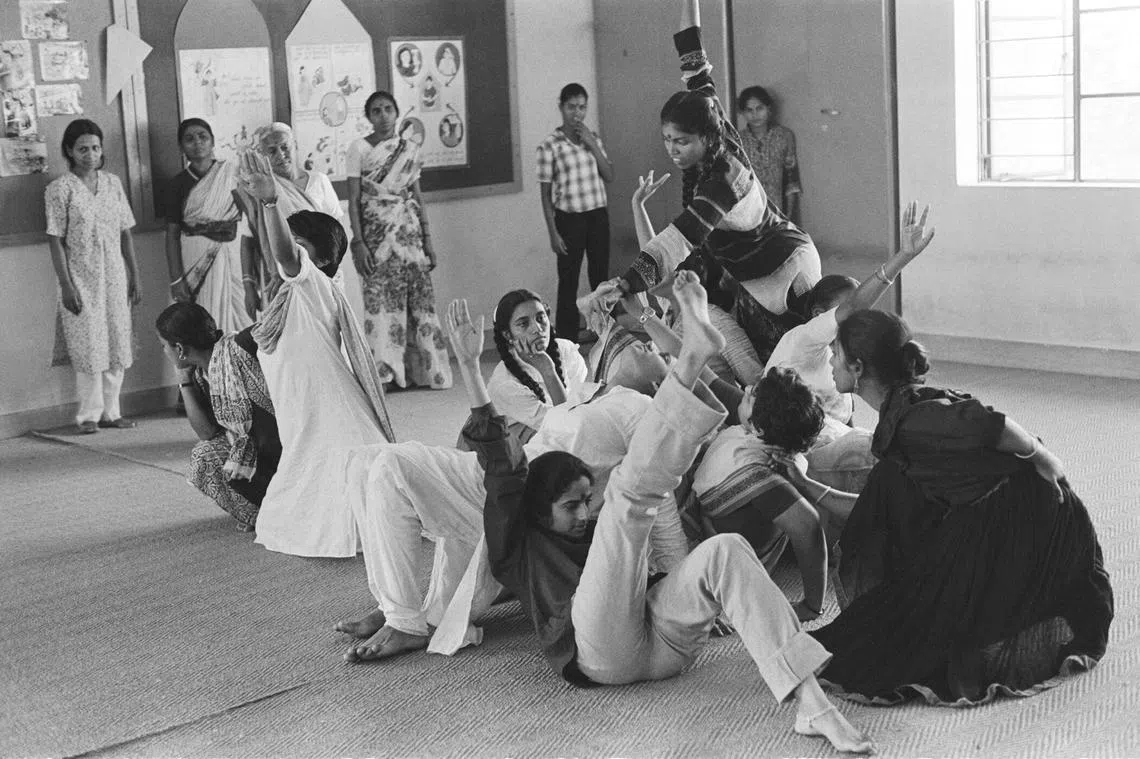
The show does not aim to shock or sell. Instead, it builds a space for reflection, enriching narratives around gender, history and memory.
A NEWSLETTER FOR YOU
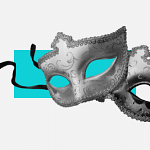
Friday, 2 pm
Lifestyle
Our picks of the latest dining, travel and leisure options to treat yourself.
CHAT
Over in Tsuen Wan’s The Mills, CHAT questions conventional notions of value with its current group exhibition, Lining Revealed – A Journey Through Folk Wisdom and Contemporary Vision. The show looks at artistic practices rooted in textile heritage and folk craft – traditions that are often associated with women and thus overlooked by the high-end art market.
In reclaiming these forms as legitimate, CHAT resists the homogenisation of what counts as contemporary art.
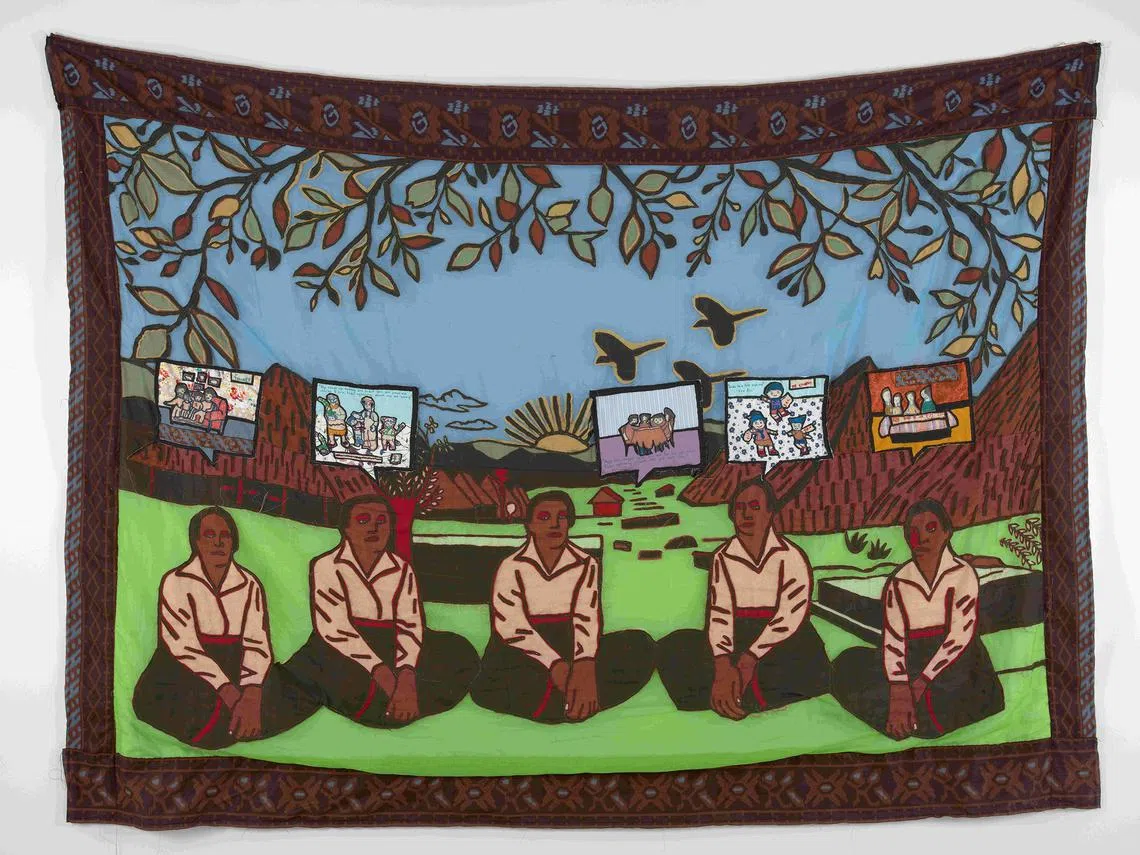
Highlights include Ari Bayuaji’s Weaving the Ocean, which turns discarded plastic ropes from Bali’s beaches into hauntingly beautiful tapestries. There are also Gunes Terkol’s fabric collages telling stories of women she encounters, Aziza Shadenova’s textile installation celebrating female domesticity and hospitality, and other gems.
Tai Kwun
At Tai Kwun Contemporary, three women take centre stage in a quietly powerful trio of solo exhibitions: Alicja Kwade bends time and space with sculptural sleights of hand in Pretopia. Hu Xiaoyuan meditates on decay and transience through poetic, fragile installations in Veering. And Maeve Brennan’s Records unspools forgotten histories through film and artifacts.
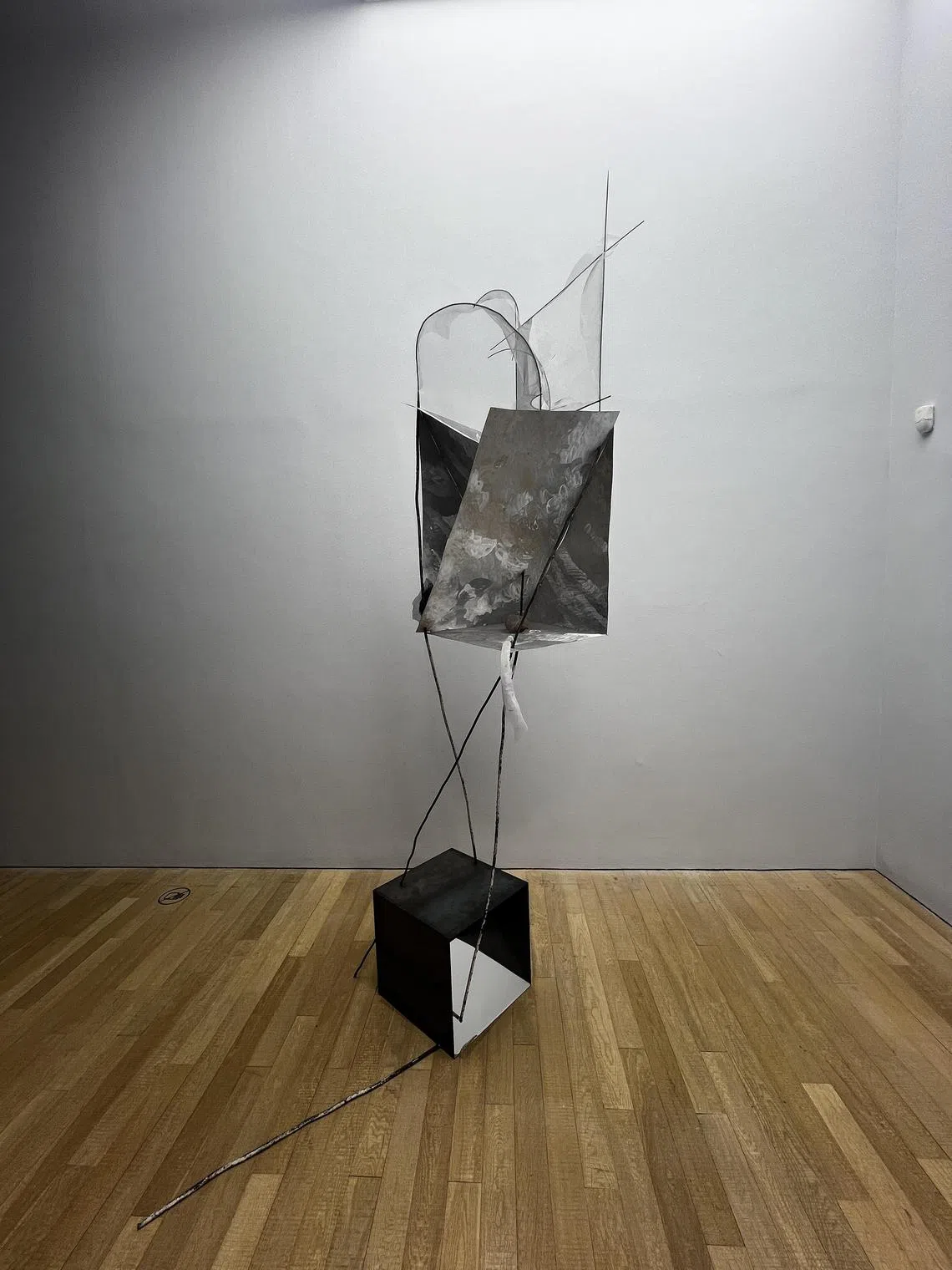
Together, they offer a haunting exploration of what it means to look, remember and endure. In a week of art fairs and auctions brimming with market noise, these shows insist on slowness, intimacy and introspection.
Para Site
Meanwhile, Para Site offers perhaps the clearest articulation of a post-market ethos. Its group exhibition How To Be Happy Together? invites artists from the migrant communities, sexual minority groups and other historically excluded voices to explore what happiness might look like outside capitalist definitions of success.
Curated by Billy Tang, the exhibition draws inspiration from Wong Kar Wai’s 1997 film Happy Together, which follows two Hong Kong men (played by Leslie Cheung and Tony Leung) as they navigate the ups and downs of their relationship while working odd jobs in Argentina.
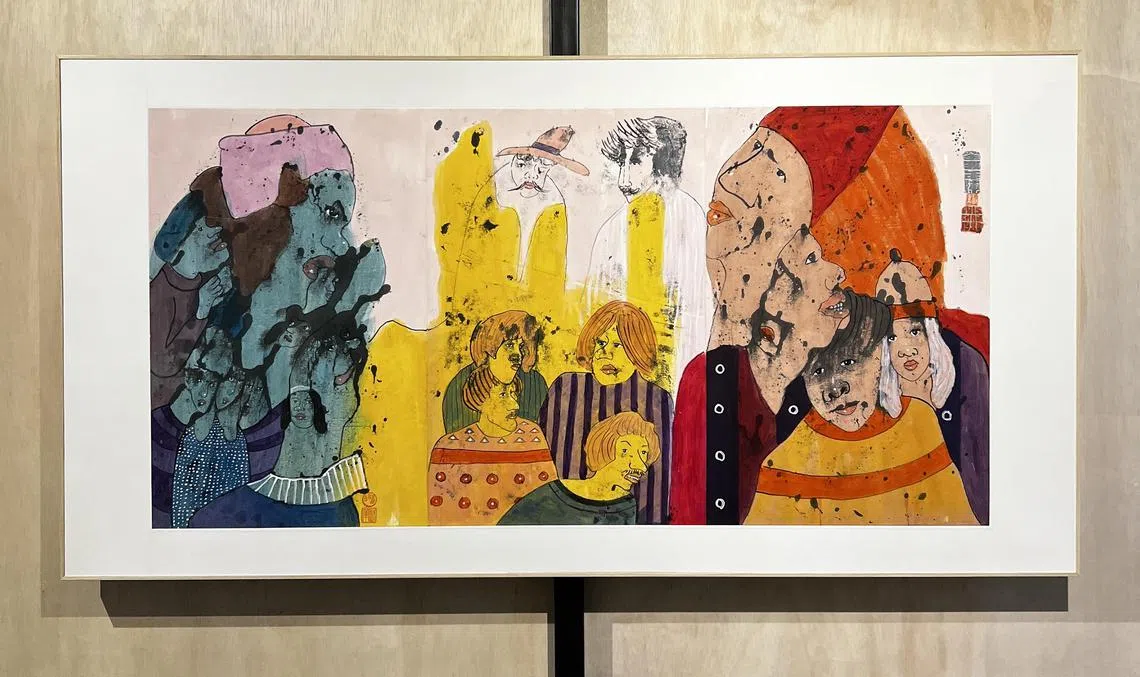
The show’s artists include many cultural transplants, including Singapore’s Ming Wong who is based in Berlin; Panama-born Luis Chan who resettled in Hong Kong; and Mimian Hsu, a descendant of Taiwanese immigrants living in Costa Rica.
Copyright SPH Media. All rights reserved.


